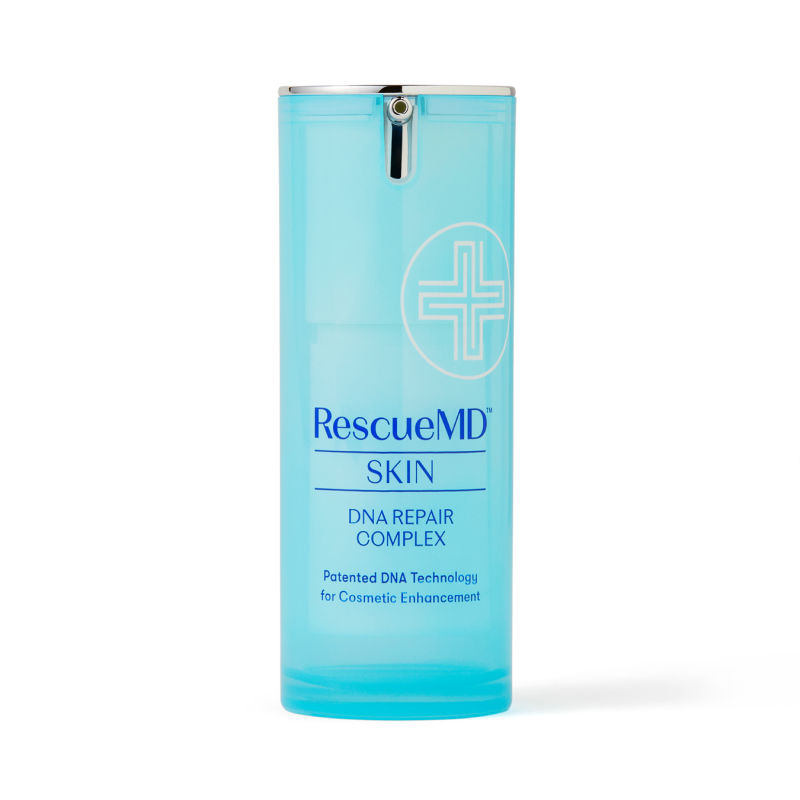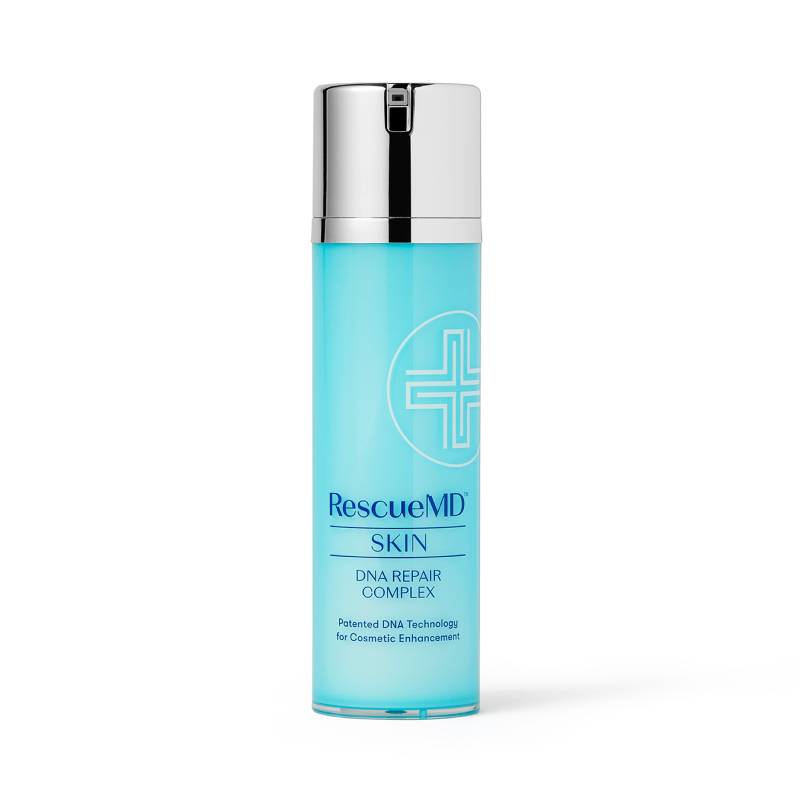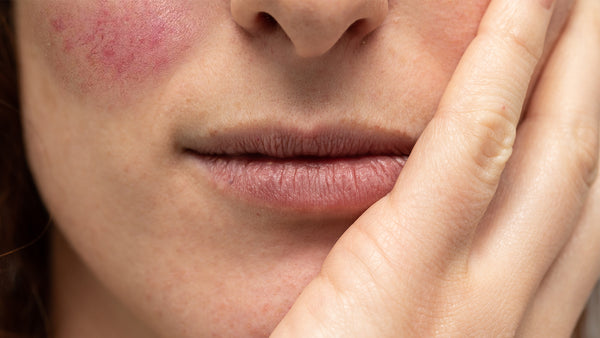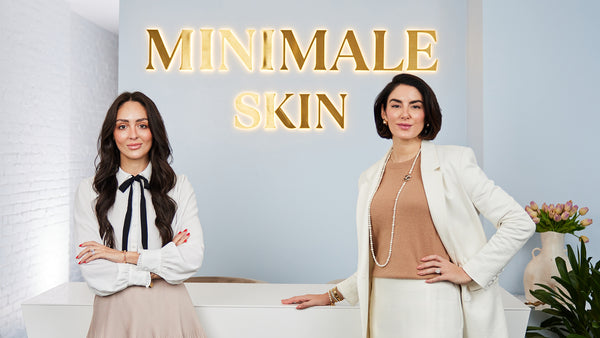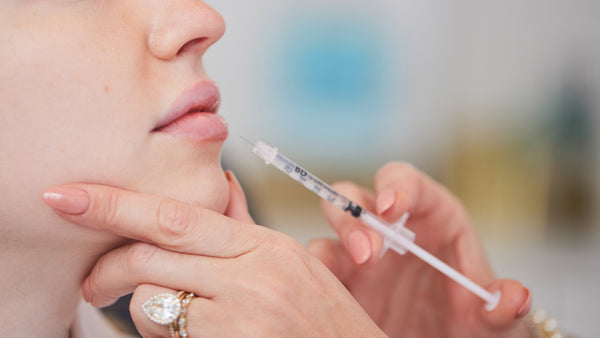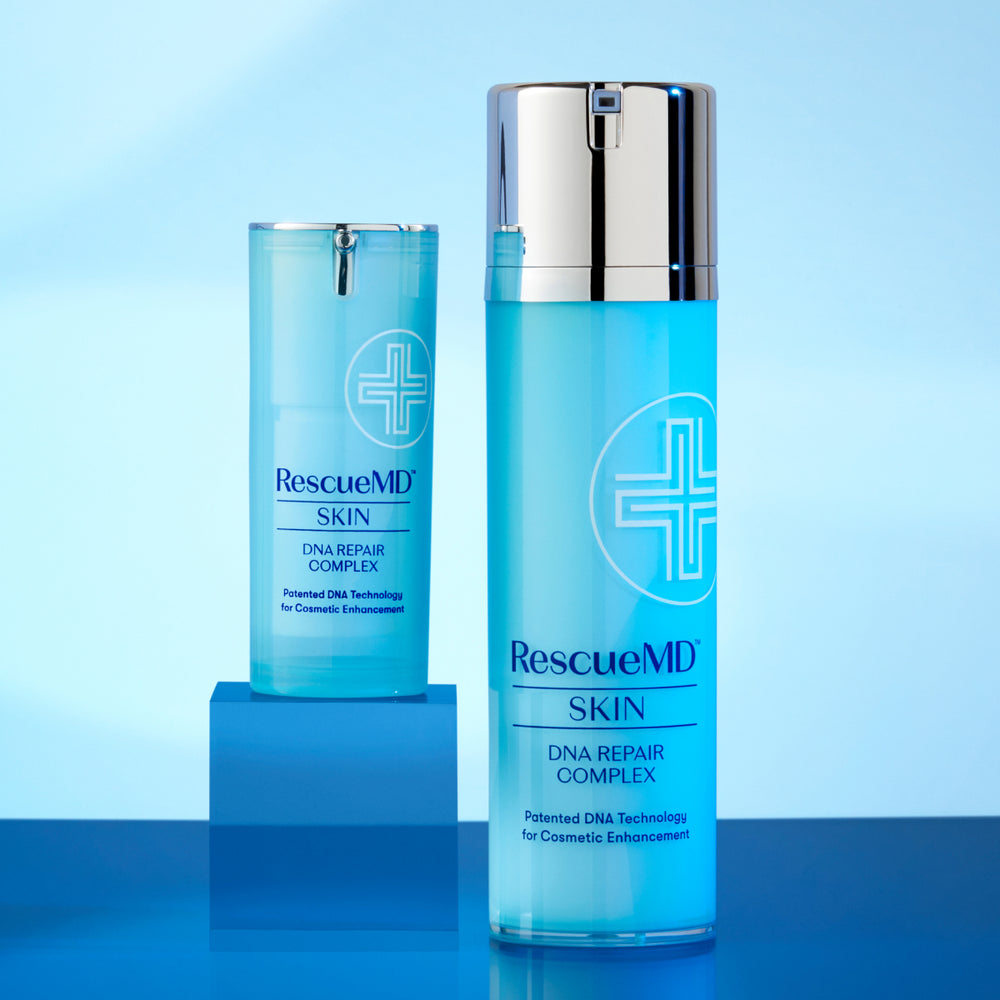What if we told you there was a way to make your skin appear immediately smoother and brighter, stimulate cell turnover, and help your skincare products work better — all with practically zero downtime? Now, what if we told you that you can reap all of these rewards by . . . taking a blade to your face? It sounds surprising, but this technique exists, and it’s called dermaplaning. Better, you can get it performed by your local medical esthetician to instantly reap these benefits on your lunch break, or you can DIY dermaplaning for a less advanced version of the treatment.
Unfortunately, this popular and incredibly effective treatment is highly misunderstood, especially because it’s performed with a blade. Sometimes people think that it’s the same as shaving your face. Others don’t know that dermaplaning can “level up” their skincare routine. Here, we break down the most common questions about dermaplaning
What Is Dermaplaning
Dermaplaning is a form of physical exfoliation that uses a fine blade to slough off the top layer of dead, dull skin cells as well as “peach fuzz” hairs on the face, known as vellus hairs. When a medical esthetician or other expert performs dermaplaning treatments, they actually use a scalpel to achieve the deepest exfoliation possible without harming the skin. Scalpels may sound intense, but these providers are highly trained to perform dermaplaning facials — so, as they work to remove those dead skin cells and vellus hairs, their ultra-sharp blades won’t nick the skin, but instead leave skin fresh, bare, and ready for the next steps of your skincare routine.
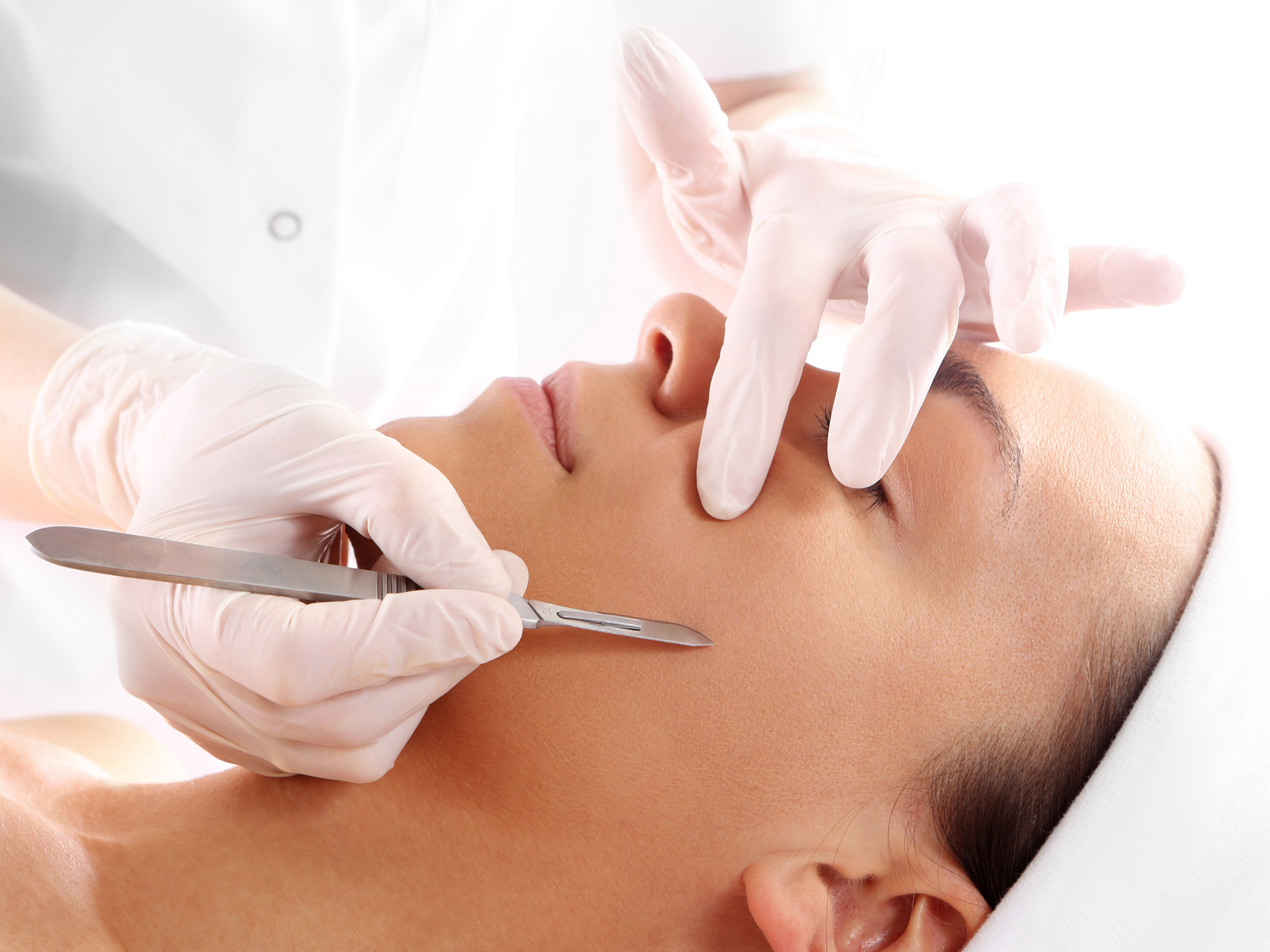
For those of us who don’t have that advanced training, at-home dermaplaning devices, like the DERMAFLASH Luxe or the Stacked Skincare Dermaplaning Exfoliation Tool, feature safety blades to remove that dead skin and peach fuzz. These blades are not nearly as sharp as the professional tools (though they can still cut you, so be careful!), so don’t expect as close and deep of a dermaplaning treatment from these at-home devices. However, you’ll still see instantly smoother, softer, more radiant skin after your at-home dermaplaning treatment.
Remember, any form of exfoliation stimulates your body’s cellular turnover response, triggering collagen and elastin production. When performed regularly, the benefits of dermaplaning include less noticeable fine lines and wrinkles, improved texture, and a more even-looking skin tone. With dermaplaning, however, you get a few extra exfoliation perks. Most exfoliating treatments don’t remove vellus hairs — and by dermaplaning those off (along with your dead skin!), you’re clearing the path for better penetration and increased absorption of your skincare products. It also helps your skin look immediately luminous, making it a popular treatment to try right before a big event.
If you wear makeup, you’ll also see an instant improvement to your application routine. Foundation and other formulas won’t get caught on those wispy hairs or dry patches, making your skin look even smoother and more radiant.
Does Facial Hair Grow Back Thicker After Dermaplaning?
Because this technique is similar to shaving, many people assume that you’ll create stubble by dermaplaning off your peach fuzz — or, worse, vellus hair will grow back thicker and darker. Thankfully, this is not the case. You may feel the prickle of your peach fuzz growing back in when you touch your skin a week or so after dermaplaning, but it won’t be visible.
If you have some coarse facial hairs (also known as terminal hairs) in certain areas, like your upper lip or chin, those hairs will be removed with dermaplaning. Think of it as an added bonus and another method for facial hair removal. In fact, those with sensitive skin often opt to remove their facial hair via dermaplaning, as it is much gentler than techniques like waxing and threading.
Above all, though, dermaplaning is not shaving — shaving is performed with a razor, and is solely meant to remove terminal hair, which includes leg and armpit hair. In a pinch, you’ll get similar benefits from using a razor as you would using a special dermaplaning tool; many people are fond of the Tinkle Eyebrow Razor for this purpose.
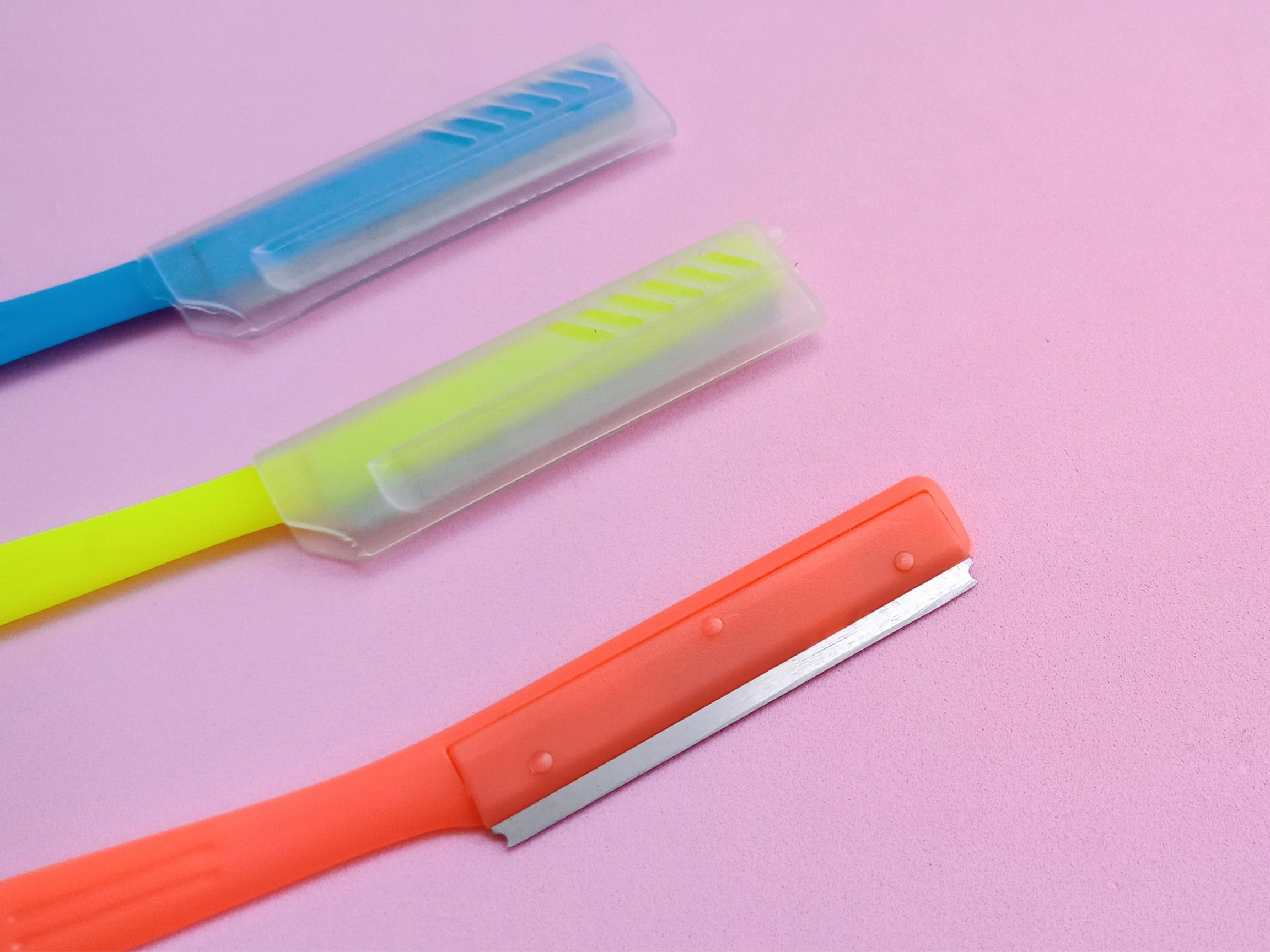
Does Dermaplaning Hurt?
Dermaplaning is performed by holding the blade at a 45-degree angle against a clean face, then carefully dragging the blade up the face using light, feathery strokes. If the treatment is being performed correctly, dermaplaning will not — and should never! — hurt. In fact, most people who have experienced the sensation of the dermaplaning moving against their skin say it’s very soothing, and some people even fall asleep during the treatment.
What Should I NOT Do After Dermaplaning?
For most people, dermaplaning is a very gentle form of exfoliation. If your skin tends to be particularly sensitive, you may notice some redness or irritation — and if you DIY your treatment, the risk of this will increase (after all, only medical estheticians and other professionals are trained to perform dermaplaning).
Like other exfoliating treatments, dermaplaning puts you at increased risk for sun sensitivity and damage, including hyperpigmentation, so be sure to slather yourself in SPF daily for at least two weeks after your dermaplaning session. Otherwise, you are free to do whatever you please!
What Should I Put On My Face After Dermaplaning?
Because dead skin cells and vellus hairs have been removed by the dermaplaning blade, the fresh, new skin underneath can more effectively absorb topical skincare products. For this reason, some people opt to maximize the exfoliative effects of their dermaplaning treatment by following it with a chemical peel. Alternatively, you can use treatment serums to help infuse your new skin with potent ingredients.
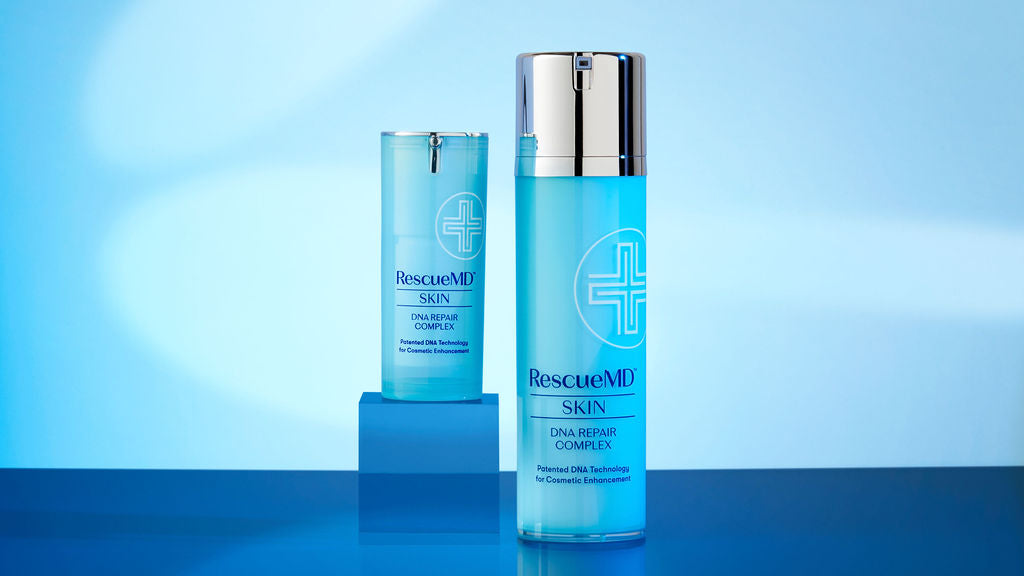
Applying RescueMD Skin DNA Repair Complex directly after dermaplaning will enhance the formula’s efficacy, more efficiently helping to improve the look of fine lines and wrinkles, hyperpigmentation, dull texture, old scars, and other forms of skin damage. With the dead cells and peach fuzz out of the way, the formula’s patented ingredient, lapachol, can get to work supporting your skin’s DNA.
Lapachol is derived from the bark of a tree called pau d’arco, which has been used for centuries as a homeopathic remedy by indigenous communities in Central and South America. Lapachol is a powerhouse antioxidant, as well as boasting anti-inflammatory, antimicrobial, and antibacterial benefits, meaning it will help defend your skin from damaging free radicals while helping to keep it soothed and protected. Even better, lapachol has been proven to slow the effects of CUL4A, a DNA-replicating protein that often makes errors. By slowing it down, lapachol allows CUL4A to work more efficiently, creating healthy DNA. Healthy DNA leads to healthier-looking skin — and, again, the effects of lapachol and RescueMD DNA Skin Repair Complex are more powerful when applied to fresh, healthy skin.
How Often Should I Dermaplane My Face?
How often you should dermaplane your face depends on who is doing the dermaplaning. Professionals and their scalpels provide a deeper exfoliation than at-home treatment does. While you should always follow your provider’s guidance, most recommend spacing out your professional dermaplaning treatments every three to four weeks. DIY dermaplaning is gentler, so you can perform an at-home treatment once weekly to help your skin glow.

